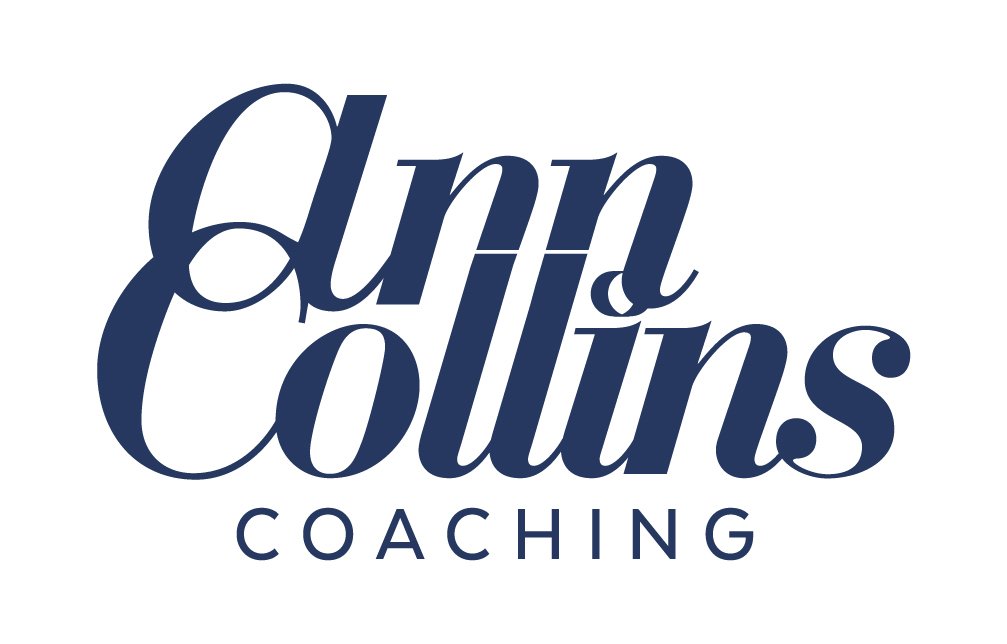Why You Should Think About Rest (Not Just Sleep)
Far too many of us equate rest with being lazy!
Yet, Leonardo da Vinci, a man whose legacy includes art, engineering, and scientific innovation, believed otherwise. He argued that stepping away from work allows us to return with refreshed judgment and renewed creativity.
Today, the case for rest is clearer than ever, supported by neuroscience and practical insights into its multidimensional nature. Dr Saundra Dalton’s work on the seven types of rest offers a compelling framework for understanding how rest can refuel our energy, foster resilience, and enhance creativity.
The Neuroscience of Rest
Modern science has shown that the brain operates in two primary modes: the Task Mode Network (TMN) and the Default Mode Network (DMN). The TMN is engaged when we focus, problem-solve, and act. The DMN, by contrast, is activated when we allow our minds to wander. This latter state is where creativity often thrives, whether during a holiday, a morning stroll, or even a moment in the shower.
Balancing these networks is critical. Overusing the DMN can lead to unproductive rumination, while over-reliance on the TMN risks burnout. By prioritising rest, we can harmonise these networks, enabling us to think clearly and creatively while building resilience.
Rest: A New Definition
Rest, as Dr Dalton defines it, goes beyond sleep or mere inactivity. True rest replenishes energy, repairs mental and emotional strain, and prepares us to tackle challenges anew. It’s about intentional replenishment rather than simply pressing pause.
Dr Dalton identifies seven distinct types of rest:
Physical Rest
This type of rest addresses the toll of physical activity. Beyond sleep, it includes dynamic stretching, gentle walks, and breathing exercises. It’s essential for those who are active but find it difficult to get good quality sleep.Mental Rest
When overwhelmed by mental noise, whether from work, social media, or persistent overthinking, mental rest helps to turn down the volume on the “inner chatter”. Breathing exercises, light movement, or mindfulness practices can help.Emotional Rest
Providing support to others, managing stress, or wrestling with worry can deplete our emotional reserves. Emotional rest requires cultivating self-awareness and spending time with people who replenish, rather than drain, our energy.Spiritual Rest
Spiritual rest connects the mind, body, and soul. It may stem from religious practices, meditation, immersion in nature, or even appreciating art and music.Social Rest
Social rest focuses on quality over quantity in relationships. It’s about spending time with those who energise and support us.Sensory Rest
In today’s overstimulated world, sensory rest is vital. Reducing screen time, decluttering, and seeking quiet, natural environments can ease the strain of sensory overload.Creative Rest
For those whose work requires constant innovation, creative rest is essential. Time in nature, exposure to beauty, or even short sabbaticals can replenish creative reserves.
Finding Your Rest
To integrate rest into your life, start with a self-audit. Reflect on which types of rest you need most and what it would change if you prioritised that type of rest more regularly and intentionally.
Committing to Rest
Many people resist rest, citing a lack of time or a feeling that they don’t deserve it or shouldn’t take it. But even small, deliberate actions—like a 30-second breathing exercise or reducing clutter—can make a difference. Rest isn’t about the duration; it’s about the intention behind the act.
In the spirit of Leonardo da Vinci, allow yourself moments to step back and actively rest. Not only will you gain perspective, but you’ll also fuel the resilience and creativity needed to thrive in the long run.

